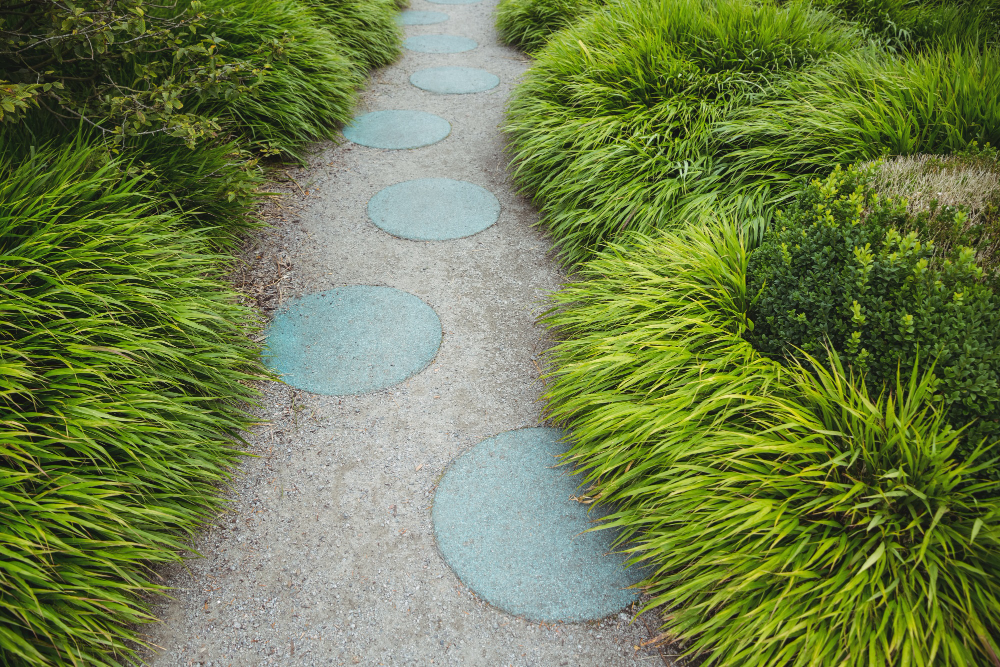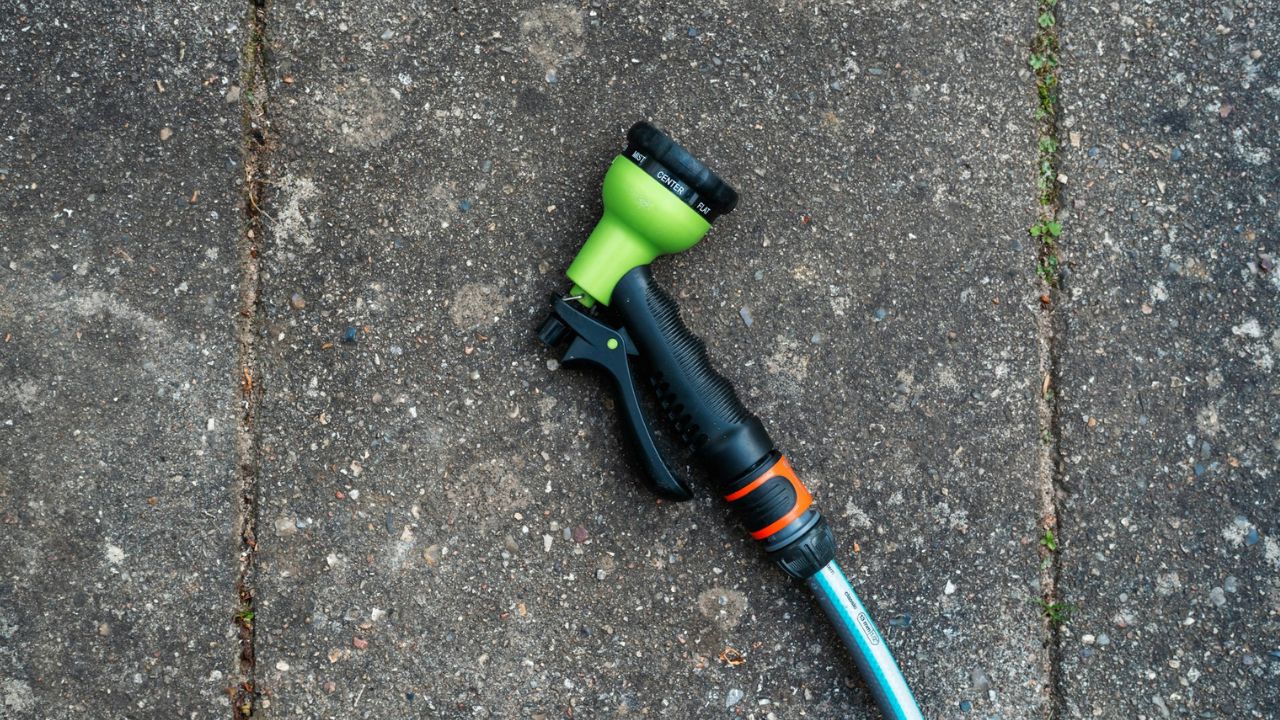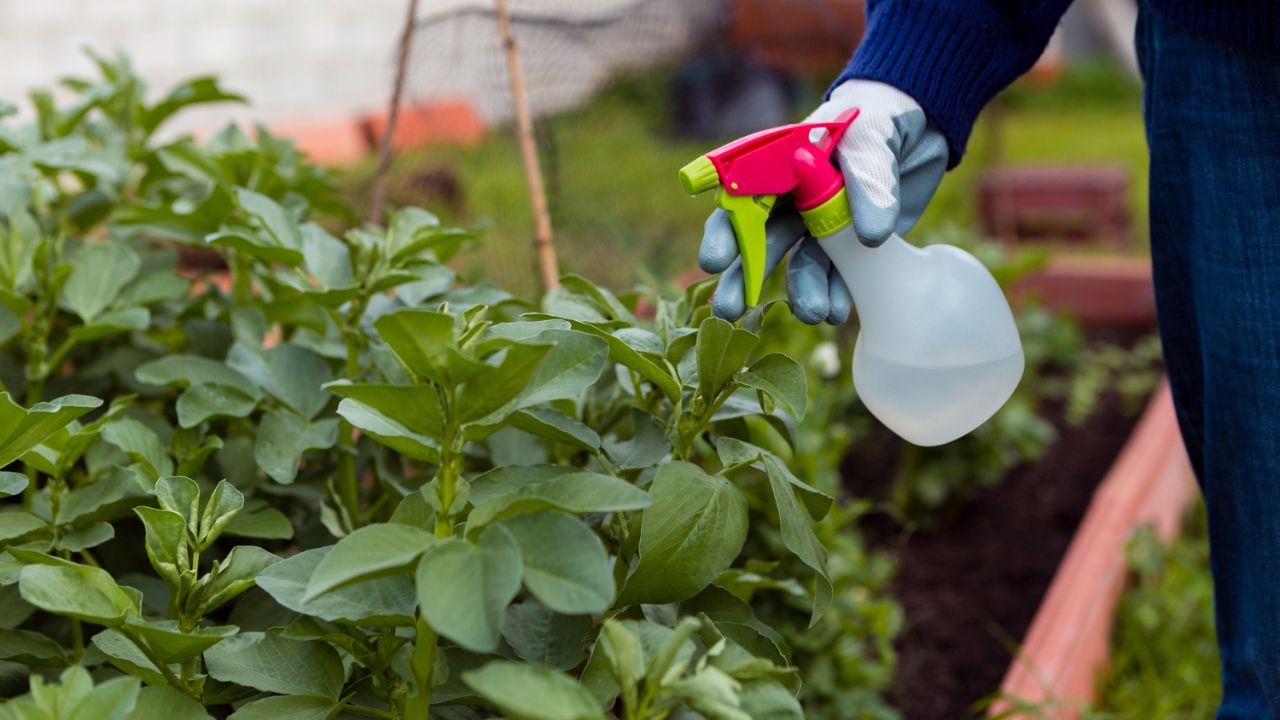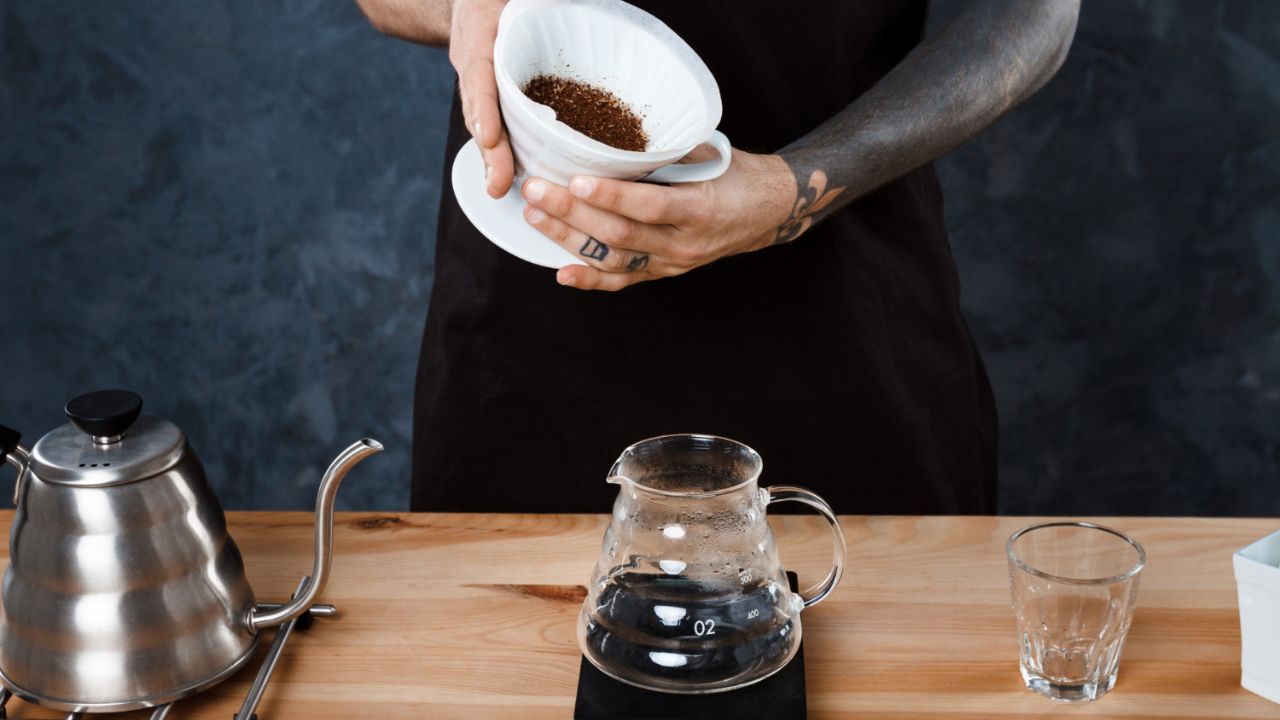You may see neighbors spreading a mist over patios or sidewalks and assume they’re cleaning. In fact, many gardeners spray diluted vinegar mixed with water to keep weeds, moss, and slippery algae off hard surfaces. The practice works well into autumn, right through November, because the chemistry slows growth when frost hasn’t destroyed everything yet. It is not a silver bullet, but for many homeowners the cost, accessibility, and relative safety make it a go‑to hack.
But it isn’t perfect. The trick carries caveats about plant safety, surface damage, and repeat use. Below is what the practice does, why it works now, and how to use it smartly so you get clean paths without math or garden regrets.
What vinegar does in outdoor hard surface weed control
Vinegar contains acetic acid, which at higher concentrations can kill living plant tissue by breaking down cell membranes and dehydrating leaves. When applied to moss, algae, or small weeds growing in cracks, the acid scorches the growth so it dies back. Effective solutions often use 5–10% acetic acid rather than household vinegar, which is 5%. Gardeners sometimes boost power by adding surfactant a drop or two of biodegradable dish soap to help the mixture stick.
The timing matters. Warm, sunny days make the vinegar more effective, since plants already under heat stress respond poorly to acid. In contrast, heavy dew, shade, or cool temperature reduce its effectiveness. That is one reason people aim to spray through November not just in summer to catch lingering growth before frost finishes things.
Vinegar is not systemic. It kills what it contacts, not what it does not. That means seedlings, moss, or algae in cracks die; roots deep in soil or shaded weeds may recover or regrow from below. It is not a replacement for deeper weed control measures.
Why gardeners extend the treatment through November

There are a few strategic reasons to keep spraying into fall:
- Weed regression slows naturally
In many climate zones, plant growth slows as daylight shrinks. Still, moss and algae thrive in damp fall conditions. Controlling them before winter helps paths remain clear through rainier months and when leaves fall. - Easier cleanup next spring
Sprayed surfaces stay cleaner, which means fewer trips with a power washer or stiff broom come April. Less embedded grime means lower effort overall. - Lower competition for regrowth
When you suppress growth now, late season seeds or spores get fewer footholds. This offers a head start on next year’s regrowth, especially in shady zones where moss competes with creeping plants. - Timing works around frost risk
In many areas, frost arrives around November. By then, most vulnerable vegetation is dormant or killed. Doing the vinegar work before consistent hard freezes reduces accidental damage to plants that are still partially active.
How to spray patios and paths safely and effectively
This is how experienced gardeners do it with minimal risk.
Mix guidelines
- Start with 5% acetic acid (typical household vinegar). Upgrade to 10% horticultural vinegar for tougher growth but only for tough mossy or shaded cracks.
- Use two tablespoons of eco dish soap per gallon to help the liquid stick to surfaces.
- Add a little water so you have enough volume to spray evenly.
Spray strategy
- Spray on sunlit surfaces late morning to early afternoon, when leaves are dry.
- Focus on cracks and edges first. Surfaces between pavers have the most trouble areas.
- Avoid spraying windy days you don’t want drift onto garden beds or grass.
- Rinse nearby soils, plants, or grass edges with water immediately if overspray occurs.
When to stop
After the first consistent frost or extended freeze weeks, plants are dormant or killed. At that point, further spraying is low value and increases risk to adjacent vegetation. In many regions, that marks late November or early December.
What to expect and where it falls short

Using vinegar this way brings visible effects within hours to days. Moss turns brown and crisp. Young weeds collapse. But you will still see regrowth if conditions favor it or cracks run deeper.
It is also not harmless. Repeated high acid over years can wear on mortar, concrete, stone sealants, and paver surfaces. It can harm nearby plants if misapplied. Mixing vinegar with other weed controls (like salt or bleach) can create unwanted chemical reactions. Always treat it like a tool, not a cure.
And keep perspective. It controls minor growth well. It does not replace structural fixes—re‑sealing cracks, improving drainage, or managing shade cover. Spraying is one layer among many in a good hardscape maintenance plan.
What this says about household gardening
This hype around vinegar shows how garden practices evolve. You don’t always need high tech to fix small problems. Effective home care often mixes chemistry, timing, and observation. The trick is balancing short‑term wins with long‑term risk. A smart gardener in 2025 knows that a vinegar spray is a nudge, not a hammer.
Watching when neighbors slow or stop spraying from early winter gives you a clue about local climate rhythms. It helps you see when frost starts to take over, and when heavy weeds stop trying. If you circle back next spring to a spot you sprayed last November, you often see slower moss invasion. That is your quiet feedback loop.
If you like experiments, try half of one walkway with vinegar until November and leave the other half untreated. Watch which side stays cleaner through winter and compare the repair or regrowth work you do in spring. That kind of personal test teaches more than tips from online guides.


